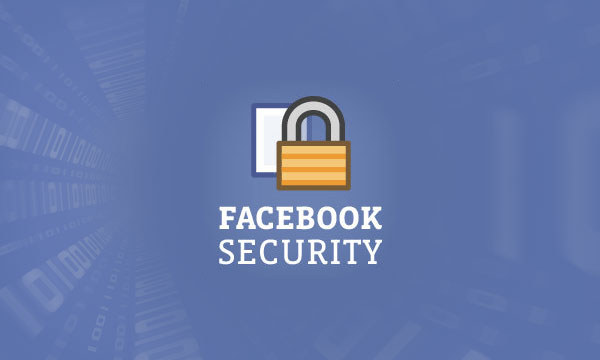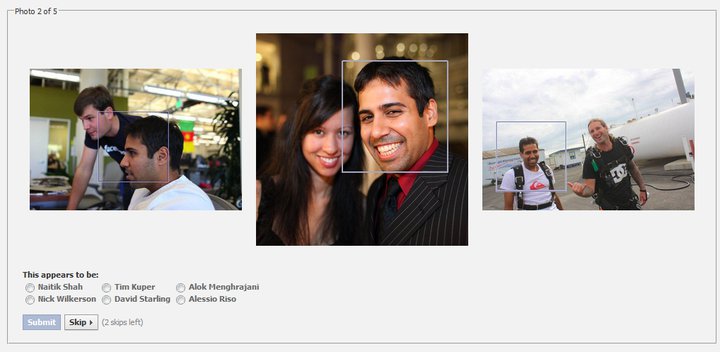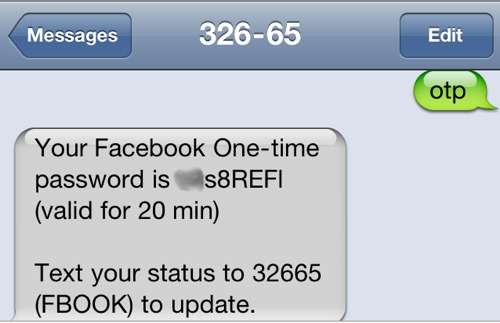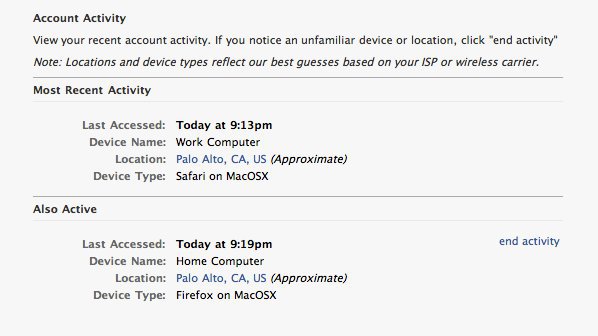With more than 800 million active users freely handing over their personal information, Facebook is a prime target for hackers and identity thieves. Facebook is constantly under fire to plug security holes, and over the past few years, they have introduced several options for increasing your facebook security.
1. Https (secure connection) option
What is https?
Http stands for “Hyper Text Transfer Protocol” which is the primary technology protocol on the Web that allows linking and browsing. You’ve likely seen it at the beginning of URL addresses.
Https is short for http with secure sockets layer (SSL), another technology protocol developed specifically with secure Internet transactions in mind. SSL encrypts data sent and received that otherwise would have been sent as plain text.
Https is most often seen on ecommerce sites like Amazon and eBay or online money management sites such as online bank accounts or Mint.
How to add HTTPS to your Facebook
The option to enable secure connection to your Facebook can be found in the account settings page. On the left side of the page, click on “security.” Here you will find all of your security options. To enable secure connection, click on the edit button across from the “secure browsing” section. Then make sure the check box is marked and click “save changes.” You will now be browsing through a secure connection.
If you don’t see the option yet, don’t worry. Facebook is rolling it out over the next few weeks.
Before you enable secure connection, beware of a few drawbacks. First, the secure connection option does not work on every Facebook page. Some Facebook features such as third-party applications are not currently supported in HTTPS. Also, because encrypted pages take longer to load, enabling secure connection may cause your Facebook to run more slowly.
2. Social Authentication
Social Authentication is a method Facebook uses to verify that you are not a hacker. If Facebook suspects a possible security breach, they may show you a few pictures of your friends and ask you to identify the person in those pictures. While hackers are skilled in discovering peoples’ passwords, they are less likely to be able to identify your friends.
If nothing else, the Social Authentication feature may give you yet another reason to purge your Facebook of all of those random friends.
3. One-time passwords
Public computers are often the most susceptible to security breaches. To prevent having your password stolen from after using a public computer, you can use Facebook’s one-time password service. Simply text “otp” (short for “one-time password) to 32665 on your mobile phone. Facebook will then send you a password that can only be used once and will expire after 20 minutes. In order for this feature to work your mobile phone number must be in your account.
4. Remote Log out
Most of us have either had this happen to us or seen it happen to one of our friends: They log into Facebook on a friend’s device and forget to log out, or they allow a friend to borrow one of their devices without first logging out of Facebook. The next time you log onto Facebook, you notice your status is incredibly embarrassing and likely completely untrue.
If you find this has happened to you, you can easily log out of your friend’s device through your account settings. Under the Account Security section you’ll see all of your active sessions, along with information about each session. Click “end activity” next to any active devices you’d like to inactivate.
While this may be an innocent and relatively harmless “hack,” other hackers might not be this generous. If your account is hacked by a real hacker, it is also a good idea to check this before changing your password.
For more tips on how to keep your facebook secure, visit the official Facebook blog.








